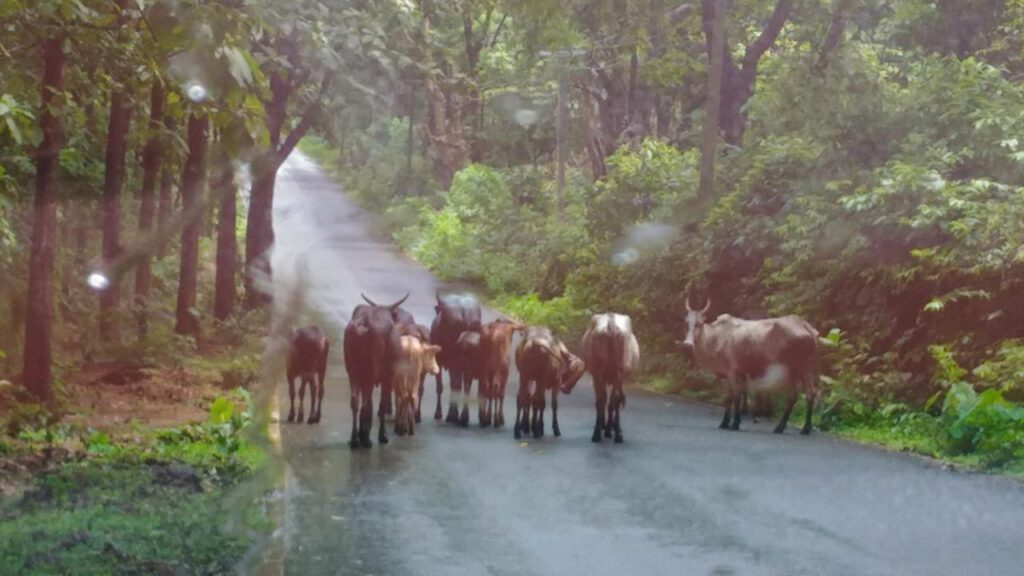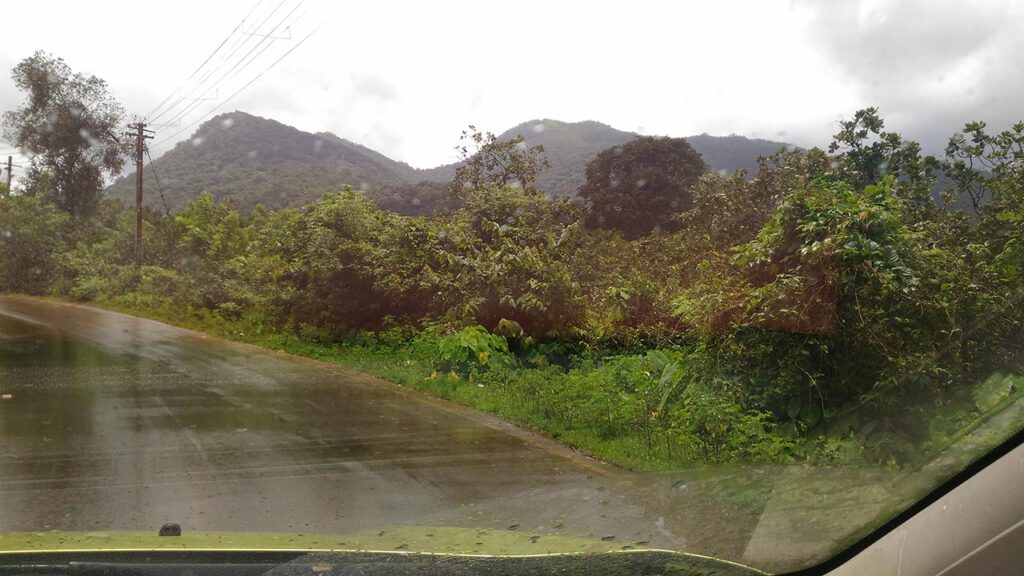Over thirty citizens, including environmentalists and social scientists, met in the city, Sunday morning, on the eve of World Forest Day, to discuss the present state of Goa’s forests and draw out comprehensive measures to preserve the existing tree cover and conduct active reforestation and afforestation programmes.
The day-long seminar convened by Reggie Gomes of the Goa Research Institute for Development (GRID) was inaugurated by Mr Sinha, Conservator of Forests. Speakers included Claude Alvares, K. D. Sadhale and Dr A. G. Untawale.
We must also interact with lobbies like mine owners and real estate developers, learn their viewpoint and embark on a cooperative effort to save the land.
Papers
Mr Sinha said in his inaugural speech that monoculture of eucalyptus and teak trees and the conversion of virgin forests into artificial plantation areas were two bad features of local forestry. He estimated 24% of the total area of the union territory of today to be under forest cover. The annual revenue of the Forest Department is around seventy lakh rupees, half of which is spent back on forests, he said. One of the afforestation schemes started by the local government is in cooperation with the Comunidades. Though the seeds are provided by the government free of cost, the profits of the cultivation are to be equally shared, he said.
Mr Sadhale spoke on “Forest Conservation Strategy in Goa”. He decried the rampant denudation in the territory, accusing the governmental staff of conniving with antisocial elements. He said that natural generation of new forests is in danger due to overgrazing, spread of ground fire, kumeri cultivation, spread of eupatorium weeds, green manure, and soil erosion, among other things. He called upon the government to adopt a “go-slow policy” as regards the tourism industry, industrialization and irrigation projects.
Claude Alvares, in a forceful presentation of some strategies for reforestation, branded the Forest Department a “colonial institution” whose sole aim is to draw maximum profits unmindful of the real cost-benefit ratio. He applauded the government’s idea of planting mixed species of trees

indigenous to Goa. He praised the “tree consciousness” of the Goan people and their innate tendency to plant ‘useful’ trees for domestic consumption.
However, the outdated regulations in force today and the highhandedness of the Forest Department which “zealously guards its hegemony from the people” has only succeeded in antagonizing the people, he said. He called for the restoration of degraded forest lands, reforestation of areas originally planted to monocultures and the reclamation of lands devastated by mining.
Mr Untawale, of the WWF (Goa), expressed concern over the protection of the vegetative cover along the river or estuarine slopes, hills and valleys. He felt that these areas being systematically destroyed today particularly by the growth of hotels along the riverside. Intensive social forestry must be started in the cities, he said.
Two more papers, one by Percival Noronha, on “Forests in Goa: Past and Present” and another, by Vijay Paranjape, on “Dam(ned) Projects and Forest Law” were circulated in absentia.
Small cells could be formed to act as watchdogs at the village level.
Plan of Action
The participants of the seminar expressed widespread disillusionment with the present government machinery. Though the debate failed to take off onto a general plane, being dotted with personal accounts of harassment by government officials, the discussion did plant a few seeds for a more general and fruitful public debate in the future.
In a bid to reduce cases of corruption among officials and private parties, it was suggested that public blacklisting be done of individuals and institutions engaged in unforestry acts. They expressed the need for protest marches in the territory in order to focus public attention on so grave an issue.
A working or core group was formed at the final session of the seminar. They shall draw up a follow-up programme and soon announce their plan of action. People concerned about the issue of forestry in Goa may contact GRID, Bella Mater Bldg, Flat No. 3, Santa Inez, Panjim.
Urgent Need
There is an urg ent need to transform this exercise into a people’s movement. It is high time we realized that if such programmes are to succeed, they require the active cooperation of the people. What we need in Goa today is the people’s opinion on matter of general concern. The more educated and knowledgeable of our people ought to discuss such issues in their own circles and thus generate an opinion; otherwise there will be people talking at seminars and others only listening and blindly accepting.
ent need to transform this exercise into a people’s movement. It is high time we realized that if such programmes are to succeed, they require the active cooperation of the people. What we need in Goa today is the people’s opinion on matter of general concern. The more educated and knowledgeable of our people ought to discuss such issues in their own circles and thus generate an opinion; otherwise there will be people talking at seminars and others only listening and blindly accepting.
For the benefit of those of us who are in the dark about issues like forestry in Goa, private bodies and the government must cooperate and come forward to conscientize the people. There are many people in our villages who do not know what procedure to follow when they want to cut trees they themselves had planted years ago. They fall prey to corruption.
Small cells could be formed to act as watchdogs at the village level. However, care must be taken to see that forest plunderers themselves don’t head them. No amount of legislation can save us from disaster if the people are not vigilant. No amount of seminars will be fruitful if we don’t have action-oriented plans.
The need for interaction with the government is paramount. We must also interact with lobbies like mine owners and real estate developers, learn their viewpoint and embark on a cooperative effort to save the land. Lack of cooperation will only mean friction and chaos.
A final word to our political parties: they should consider the idea of introducing subjects like forestry, tourism, art and culture, high and clear in their election manifestos.